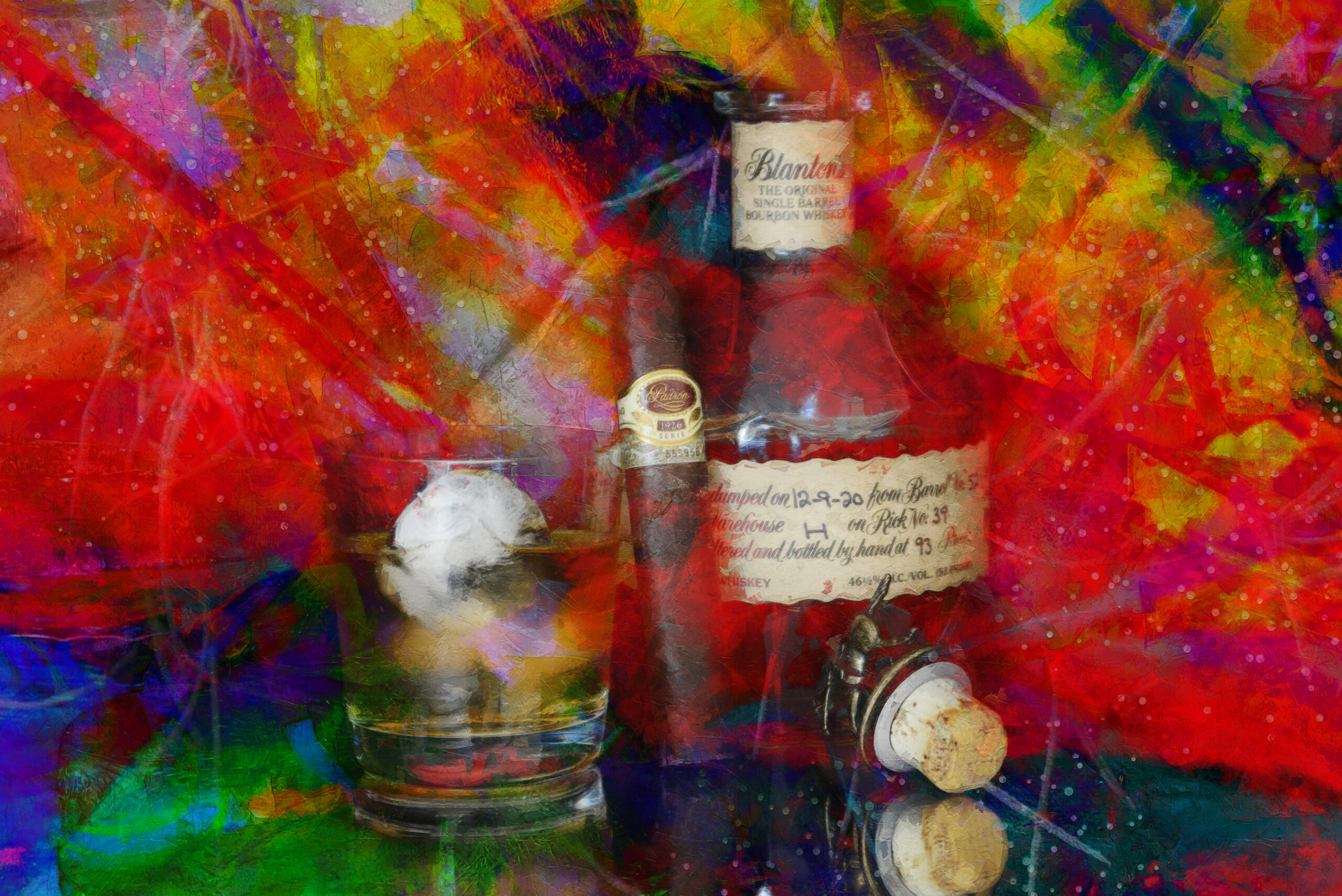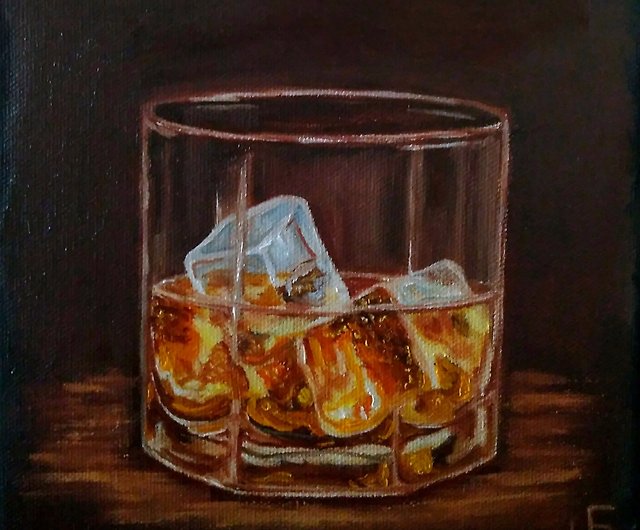The Relevance of Whiskey Art in Celebrating Heritage and Workmanship in the Beverage Sector
The elaborate relationship between whiskey art and the event of heritage and workmanship within the beverage industry can not be overemphasized. With thoughtfully designed containers and tags, bourbon brands envelop their historical roots and the artisanal abilities that define their manufacturing methods. This artistic dimension not just enhances market appeal yet additionally offers as a conduit for social narration, fostering a much deeper link in between the consumer and the craft. As we explore the numerous facets of this subject, interesting concerns concerning the effect of modern-day fads on traditional techniques emerge, prompting more evaluation.
The Historical Roots of Whiskey
At the heart of bourbon's attraction exists a rich tapestry of historical roots that map back to old human beings. The beginnings of bourbon can be linked to the purification techniques of the Sumerians and Babylonians around 2000 BCE, where very early forms of fermented grain drinks started to arise. It was in the Center Ages that the art of purification advanced considerably, particularly in Ireland and Scotland, leading to the development of whiskey as we know it today.
The term "whiskey" itself originates from the Gaelic word "uisce beatha," meaning "water of life." This expression underscores the cultural value of bourbon in Celtic cultures, where it was usually connected with rituals, celebrations, and public bonding. By the 15th century, distillation ended up being a recognized craft within reclusive communities, paving the method for the establishment of lawful distilleries.
As trade paths increased, scotch's appeal expanded, transcending regional borders and recording the passion of lovers worldwide. Bourbon Art. This historic journey mirrors not just the craftsmanship behind whiskey production however additionally its indispensable duty in social and social contexts, marking it as a considerable beverage throughout background
Artistic Expression in Branding
Bourbon branding stands as a compelling crossway of virtuosity and commerce, where visual identity plays a vital duty fit customer understanding. The looks of bourbon labels, packaging, and advertising and marketing products mirror not only the brand's story yet likewise its core values and heritage. Through artistic expression, distilleries share a story that resonates with consumers, evoking emotions and stimulating connections.
Using color, typography, and imagery in branding serves to set apart products in a saturated market. Traditional motifs might stimulate a feeling of credibility and workmanship, while modern-day layouts can symbolize technology and forward-thinking. This critical creative direction enhances brand name acknowledgment and commitment, permitting consumers to forge an individual relationship with the scotch they select.
Furthermore, artistic expression in branding typically works as a celebration of local heritage. Distilleries frequently integrate local symbols or historic referrals right into their layouts, creating a sense of area that invites consumers to take part in a more comprehensive social experience. Ultimately, the artistry behind bourbon branding not just boosts visual charm but additionally enriches the overall story of the brand, promoting a deeper gratitude for the workmanship and heritage ingrained in each container.
Workmanship in Container Design
The artistry evident in whiskey branding prolongs past visual identification to encompass the craftsmanship involved in container design. Each container functions as a vessel not simply for the spirit within, but additionally for the story it informs regarding its custom, origin, and top quality. The design procedure requires precise focus to information, as elements such as closure, form, and product contribute considerably to the overall perception of the bourbon.
Workmanship in container design entails selecting premium glass that can improve the whiskey's shade and clearness, while also providing a responsive experience for the consumer. The silhouette of the container should be both cosmetically appealing and useful, usually showing the heritage of the brand name. Several distilleries choose unique shapes or printed logos that evoke a feeling of credibility and history.
Additionally, the tag layout and typography play a vital duty in communicating the brand name's narrative. Whiskey Art. A well-crafted bottle not just captivates the consumer's eye yet additionally reinforces the brand name's dedication to high quality and tradition. In this means, the workmanship of container style ends up being an important element of the whiskey experience, merging artistry with an extensive respect for heritage
Social Importance of Bourbon Art
Celebrating practice and workmanship, the cultural relevance of scotch art transcends simple aesthetic appeals, intertwining with the historical and social narratives of the regions from which it comes from. Each container works as special info a canvas, illustrating the one-of-a-kind stories, folklore, and traditions that have formed regional whiskey-making methods. The elaborate styles usually mirror the heritage of the distillers, including signs and themes that resonate with the society and values of their neighborhoods.

Additionally, scotch art plays an essential role in common gatherings and celebrations, serving as a tangible link in between people and their shared experiences. Discover More Here By appreciating the creativity in whiskey packaging, customers grow a deeper understanding and respect for the craft, ultimately improving their pleasure of the drink itself.
Modern Trends in Bourbon Discussion
In current years, the presentation of scotch has progressed to mirror modern tastes and patterns while still recognizing standard workmanship - Limited Edition. Distilleries are increasingly concentrating on aesthetic aspects that improve the general drinking experience, linking the space between heritage and modernity
Cutting-edge bottle designs have emerged, typically including sustainable materials and artistic tags that tell engaging stories. Lots of brands currently work together with local artists, infusing their products with unique visual expressions that reverberate with consumers. In addition, limited-edition releases are usually packaged in collectible containers, including value and charm for aficionados.

Verdict
In verdict, bourbon art serves as an important conduit for expressing the heritage and workmanship inherent in the beverage industry. Through complex branding, innovative bottle designs, and culturally considerable imaginative aspects, whiskey brands successfully honor their customs and connect with customers.


Craftsmanship in bottle style involves picking top notch glass that can improve the whiskey's color and clearness, while likewise supplying a responsive experience for the customer. In this way, the craftsmanship of container style comes to be a crucial aspect of the bourbon experience, merging artistry with an extensive respect for heritage.
In verdict, scotch art serves as an important conduit for revealing the heritage and craftsmanship integral in the beverage sector.